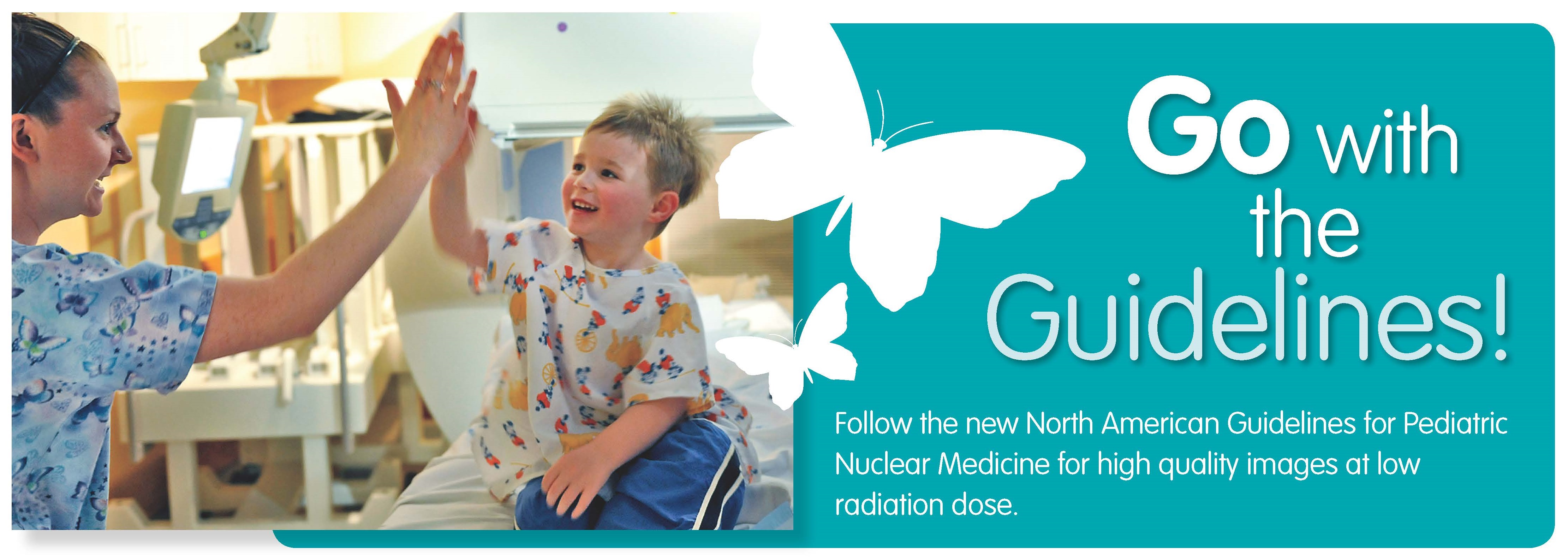
Image Gently® and Nuclear Medicine
Update: Image Gently and Nuclear Medicine at 10 Years, The Journal of Nuclear Medicine
One size does not fit all...
- There is no question - pediatric nuclear medicine helps us keep kids healthy and saves lives!
- When we image, radiation dose matters!
- Children are more sensitive to radiation.
- What we do now lasts their lifetime.
- So, when we image, let's Image Gently®.
When a pediatric nuclear medicine study is the right thing to do:
Following several collaborative expert consensus workshops at SNMMI and SPR Annual Meetings, additional radiopharmaceutical recommendations have been added: 99mTc-HMPAO and 99mTc-ceretec for brain imaging, 99mTc-sestamibi and 99mTc-tetrofosmin for myocardial perfusion imaging, 123I-NaI for thyroid imaging, 99mTc-red blood cells for blood pool imaging, 99mTc-white blood cells for infection imaging, and 68Ga-DOTATOC for neuroendocrine tumor imaging.
The additional recommendations follow very closely to those in the European Association of Nuclear Medicine Guidelines, so they can be considered harmonized.
Previous dissemination of the guidelines has have a positive effect in the practice of many nuclear medicine departments dealing with children
The new table is entitled: 2016 Update: North American Consensus Guidelines for Pediatric Administered Radiopharmaceutical Activities is available below:
North American Consensus Guidelines for Pediatric Administered Radiopharmaceutical Activities
It is recommended that this table is printed and posted in the radiopharmaceutical laboratory/”hot lab” in your institutions.
Please find the Journal of Nuclear Medicine editorial regarding the 1026 update of the North American Guidelines.
S. Ted Treves, MD
for the IG Nuclear Medicine Working Group
Radiation Dose Resources
We encourage you to visit the Dose Optimization Page of the Society of Nuclear Medicine and Molecular Imaging (SNMMI) as an additional resource.